There was a time when raves were quite different than they are now. They were underground, illicit; an outsider looking in might even say they were subversive. In actuality, raves were built around a sense of community and commonality, with the four pillars of peace, love, unity, and respect driving participants together in musically hedonistic bliss. Now, due to increasing popularity and demand, classic raves are becoming harder and harder to come by, as massive festivals take over, producers turn from nobodies into gods, and production companies exploit fans for monetary gain.
This transformation of the festival has triggered a significant shift in the demographic of EDM fans. The average income level has risen, the average age lowered, and the amount of drug use greatly increased. Beyond demographic changes, the evolution of the music itself has influenced who attends festivals; as rock, hip-hop, ambient, and even classical styles of music have transformed how dance music is composed and performed, people previously uninvolved in the rave scene have had their interests piqued by the integration of musical influences they enjoy, and so have flocked to EDM festivals in droves.
Perhaps the most obvious example in recent memory is the advent of brostep. Quite a bit more extreme than most mainstream EDM styles, brostep is a mish-mash of several popular trends; employing shimmering trance synthesizers, passionate vocals and progressive song structures, brostep juxtaposes these euphoric elements against angular, aggressive samples and sets it all over a dubstep rhythm structure and tempo. Given this, it’s easy to see why brostep has ended up exploding into the mainstream of EDM and music in general—but for scene purists, this popularity is a death knell.
A common misconception is that brostep and dubstep are intimately related. In actuality, aside from the basic tenets of dubstep incorporated into brostep—half-time, two-step beats and a heavy emphasis on bass development—brostep is quite far removed from dubstep’s origins. Dubstep began in a much darker and more minimal place, with British producers remixing garage tracks in the late 1990s and early 2000s. This dark, urban music became quite popular in Britain, acclaimed for its ability to capture the melancholic atmosphere of the London underground scene. One of dubstep’s most critically celebrated artists is Burial, a London-based producer who emerged in 2006. Exemplifying the original dubstep style with some significant alterations, Burial’s productions are moody, atmospheric and emotional, with influences from ambient music offsetting the inhumanity of the beats. Take the track Archangel, for instance; employing a vocal sample from Ray-J that is heavily distorted and time-stretched, Archangel is built on an exquisite two-step rhythm with distant string samples as a backing instrumental, augmenting the sorrowful melancholy of the affected vocal. This subtle, intricately layered music formed the foundation of dubstep, before outside influence by Americans.
Burial – Archangel
Throughout the history of music, it’s been a popular trend to take an existing style and stretch it to its extreme; humanity has a fascination with exploring every possibility available to them, and the arts have always been a popular target of experimentation. This explains the advent of brostep. Taking the basic rhythmic elements of dubstep, brostep producers toss out any sense of subtlety and melodic development in favor of increasingly brutal mid-range bass and screechy metallic samples. A far cry from the emotional atmosphere of British dubstep, American brostep is electronic music taken to its logical extreme; technological advances have allowed for the production of more and more aggressive soundscapes, accentuated with crystal-clear production and easy distribution of high-quality audio files. Imagine, if you will, overlaying dance music’s evolution and sensibility over rock’s; British dubstep could be equated to the moody gothic-inspired rock of the 1980s—think The Cure—while American brostep functions more as death metal. While they exist on the same continuum, they end up serving entirely different functions. Some acts take this to such an extreme that their music even ends up incorporating the brutality of death metal. Take, for instance, Excision’s track Brutal: aptly named for its chugging guitar rhythms and thundering mid-bass, Brutal is an odd halfway point between brostep and death metal—and takes the worst parts of each.
Excision – Brutal
As American brostep has deviated further and further away from its British roots, so too has the way in which the music is presented in a live setting. Brostep’s popularity in North America has conveniently coincided with an upswing in dance music mania worldwide, as well as with the emergence of huge festivals spanning multiple days with hundreds of artists scheduled to perform. As these parties have become more mainstream, they have also tended to attract a younger crowd, due to a decrease in the illegalities of former raves. Perhaps one reason why brostep appeals to a younger audience is its extremism and hypermasculinity; teenagers, frequently searching for ways to escape the oppressive scheduling of high school and strict rules laid down by parents, are attracted to the rebellious brutality of brostep’s steel-heavy samples and undulating basslines. In addition, drug use has become more and more common in rave settings since the scene’s inception; young people with a desire to fit in and have new experiences, while still under the blissful illusion of adolescent invincibility, are drawn to raves with friends and end up taking drugs to heighten the experience.
Another piece of the dubstep puzzle comes from the integration of other musical styles. More and more, brostep is becoming influenced by hip-hop; techniques like rapped vocals and filtered, distorted record scratches are becoming more and more common in this style of music. But ip-hop is a culture of revolution, anger, rage, hatred, intolerance and rampant masculinity; far removed from the wide-eyed universal love of dance music, the inclusion of elements from this culture is a deconstruction of the PLUR ethos that EDM arose from. A crass, apathetic disrespect emanating from the performers and the crowd, augmented by the mechanical, aggressive tones of the music, is now common at dubstep shows, and seeks to break down PLUR to replace it with anger and hostility.
Shades of this were present during Zeds Dead’s set at last weekend’s Global Dance Festival in Denver, Colorado. The razor-sharp samples and pulsating sub-bass didn’t shock me, as it was on theme with the rest of the night’s performers; I was really taken aback by the prevalent hip-hop influence in their show. The group repeatedly called for the crowd to “put [their] fingers up”; on several tracks, live rap vocals were heavily featured, drawing inspiration from the crunk tradition. This hypermasculine, aggressive tone felt out of place with the rest of the weekend, which focused heavily on classic PLUR raver culture.
Zeds Dead – Adrenaline
I don’t mourn the loss of acid house, or UK garage, or any other particular subgenre—while they were exemplary musical styles, eventually they must give way for new sounds to emerge. What I do miss is the feeling of love, acceptance, compassion, and community at dance music events. The dispassion of the postmodern world is taking a toll on the euphoria and innocence of dance music’s culture; as young people continue to flock to these events, so does a sense of rebellion and aggression that remains inconsistent with the pillars of PLUR. Brostep isn’t entirely to blame for this paradigm shift, but it certainly isn’t helping.





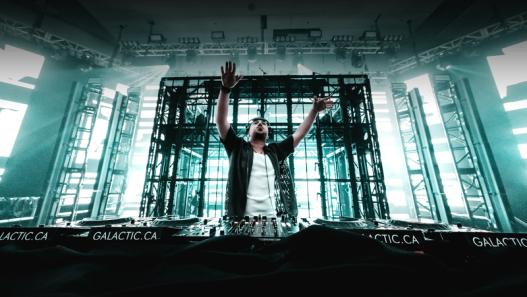

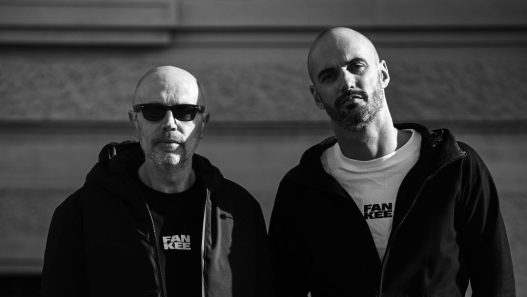

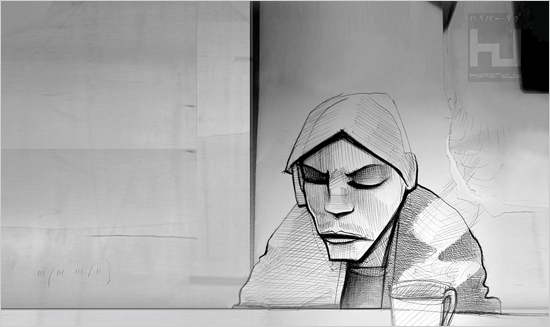

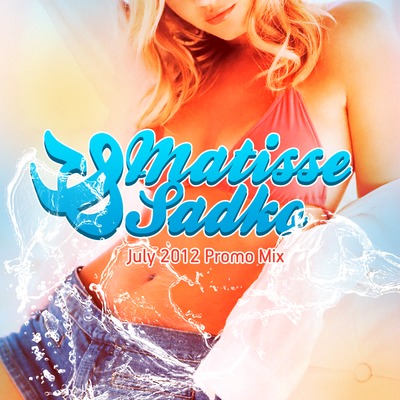
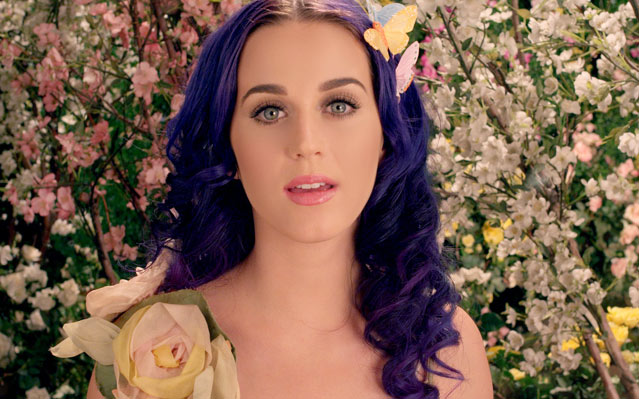

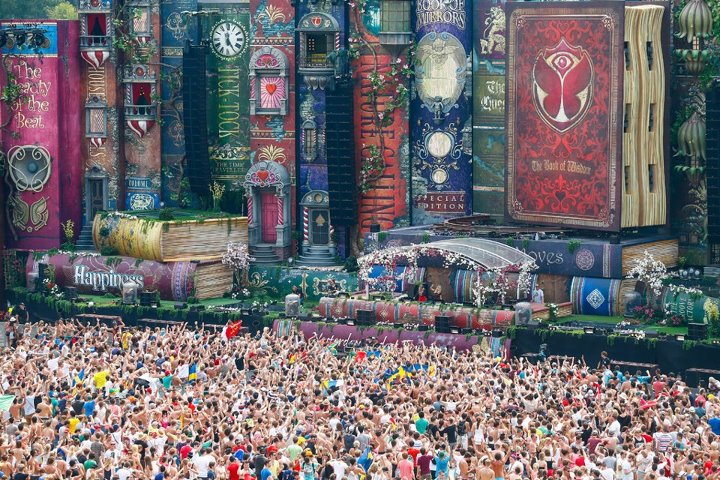
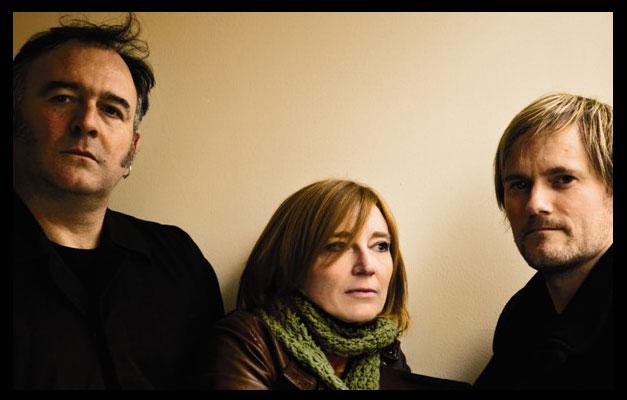
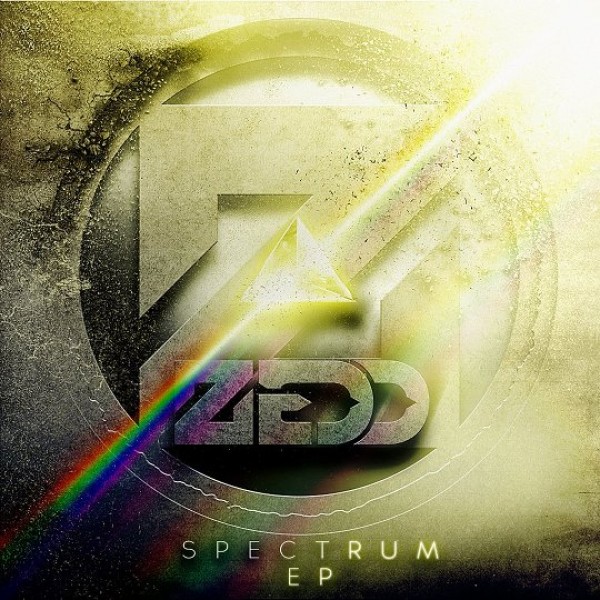
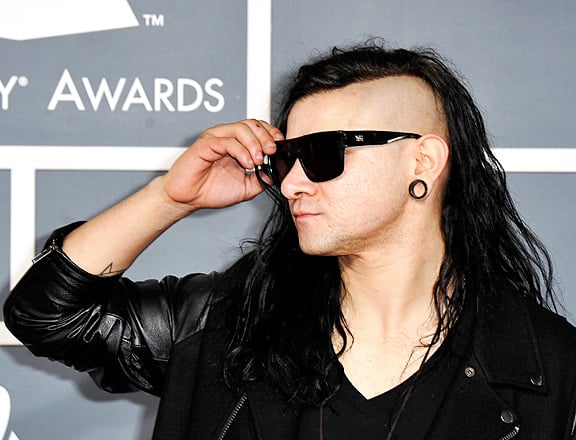
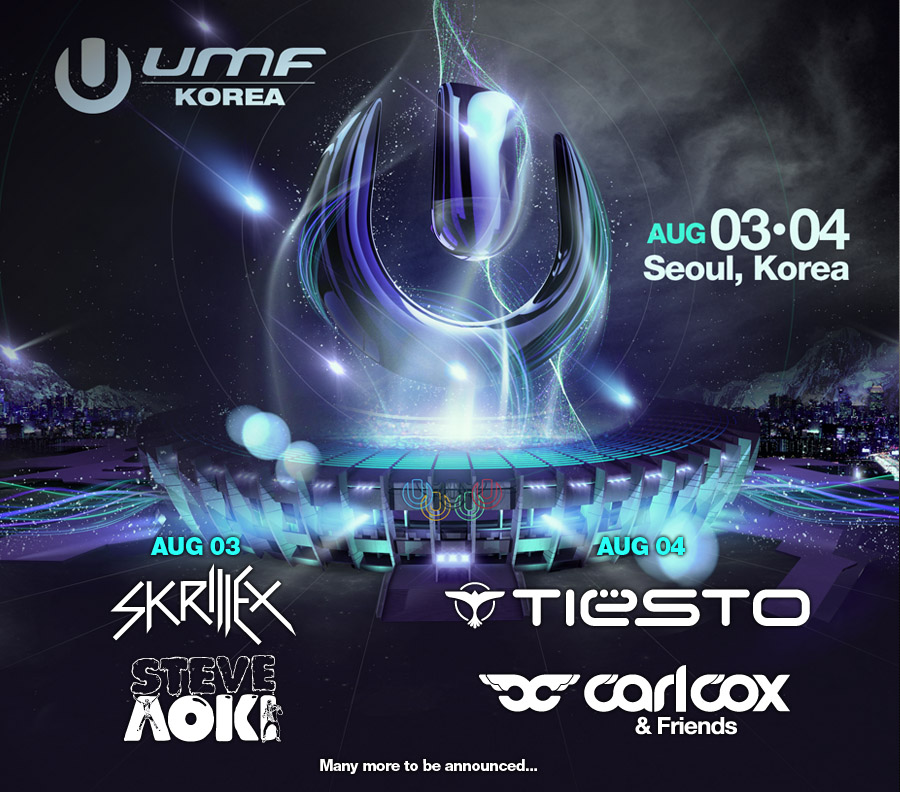
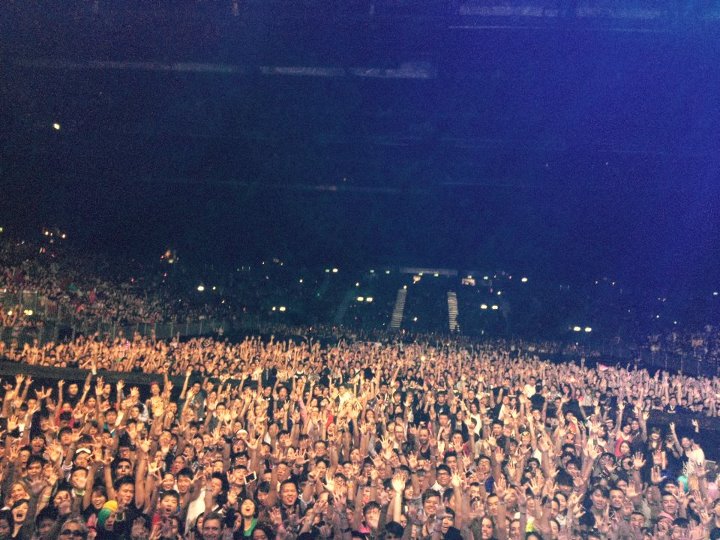
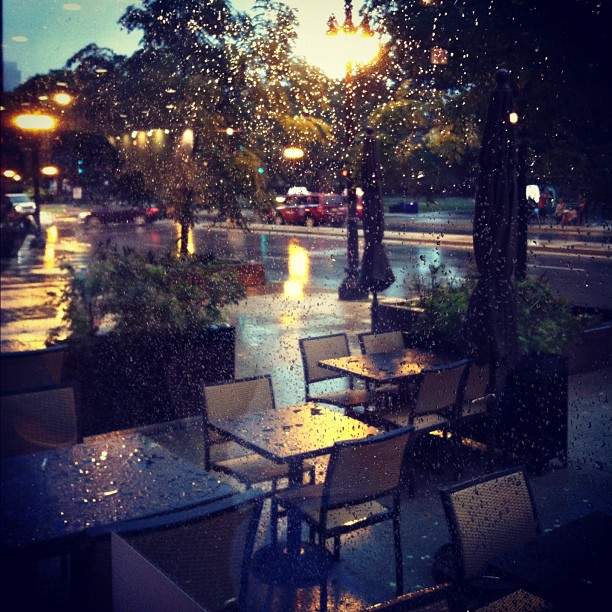
This reads like a bunch of QQ but is missing the “Get off my lawn!” part.
Hip hop isn’t all about anger, masculinity, and revolution, but more about changes that needed to happen in urban areas so that the violence they speak of is no more. Certainly most modern rap is about swag and ego, but I can see how the original message of hiphop fits in with todays issues. EDM has always been about inclusion, not exclusion, so adding another element for hardened hearts feel understood can be a good thing. Dubstep developed in a gloomy, post-9/11 world of social hopelessness and dissatisfaction, which is why Americans took to it so well. Brostep became the next step in evolution of the sound that America pushed after Bush left office. An attitude of success, change, and growth/progress became the popular sound of an angry youth that inherited massive debt from their parents generation. We are pissed, but we are not going to keep that from gathering and playing our music LOUD. The idea PLUR is still alive and well in the music, just disguised in more aggressive sounds. We realized that not everything can be a perfect picture of our ideals and hope and we are not happy with our world. Change needs to happen in society, but first we must find common ground in the music we embrace. Once we do that, we can move to the next level thought and music. Brostep, though popular in the mainstream, is on its way out, that I can tell you for sure. Yes, it was just a phase, but it was a phase the community needed to bring aboard more followers, more friends, more people that will receive the same message of PLUR who will find a practical way to integrate those ideals into our ever changing world that isn’t ready for us.
I like the history, but am entirely dissatisfied with the conclusions drawn in this article.
Terrible. Death metal did not replace dark wave. Industrial did. If anything the crowd has gotten older recently at least on the west coast and those whom have recently died. All music is a mosh mash of multiple genres as soon as the genre is out of its infancy. Rave music, the genre, is a mixture of house and hardstyle. One example of many. Taking things to their extreme and experimentation has made us the most successful species in existence. I would deconstruct the rest of your argument but it is too late/early in the morning. Just say you don’t like it and you also may be over simplifying a broader genre.
Brostep isnt what made edm popular. Big room House and trance is what made everyone wanna listen to electronic music.